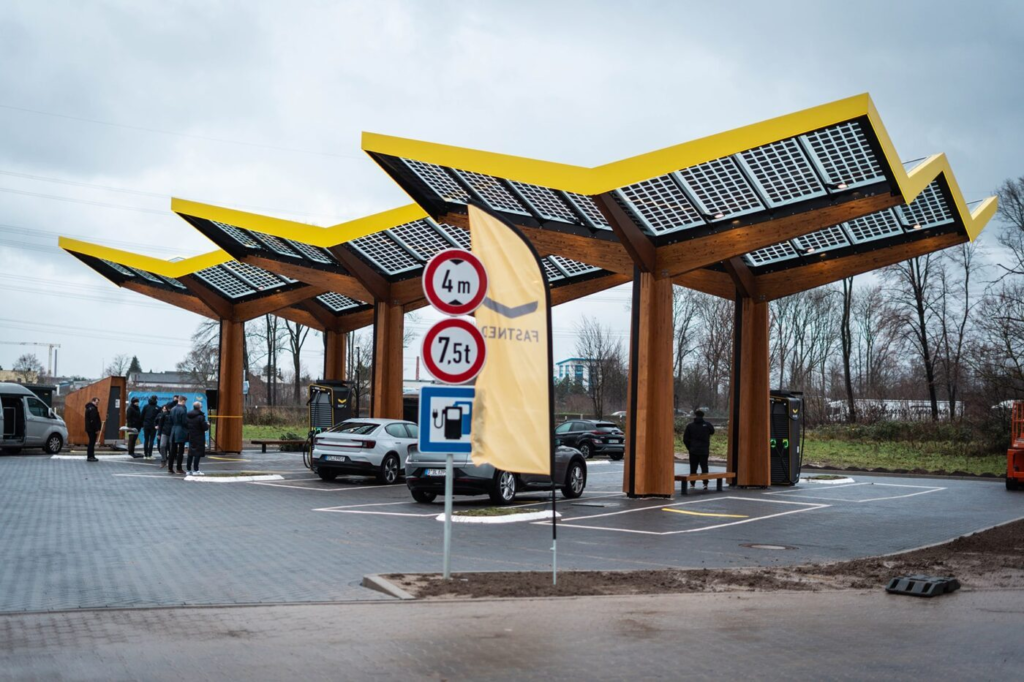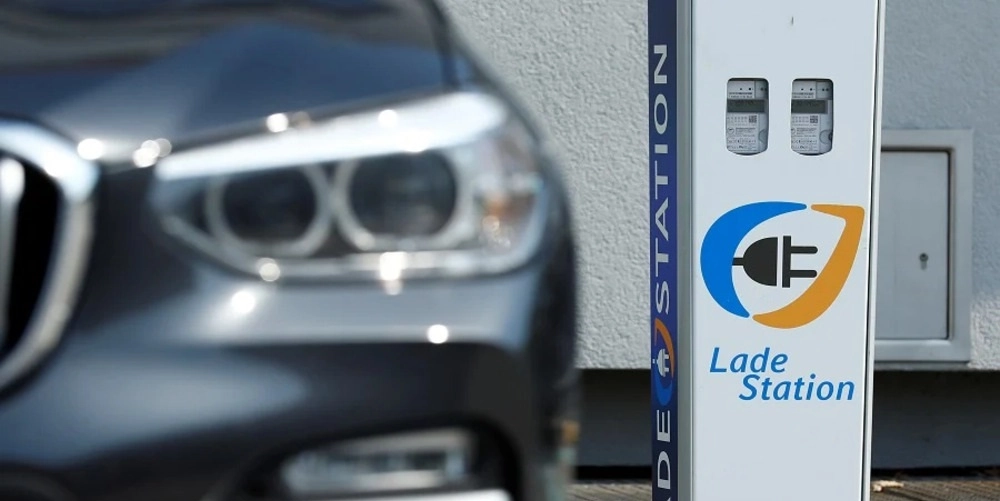The public charging infrastructure for electric cars in Germany continues to grow, and the gap between supply and demand is beginning to narrow.
However, the distribution of charging points is still not equitable.
According to an assessment published by the German Association of the Automotive Industry (VDA), 48% of the country’s 10,773 communities still do not have a single public charging station.
People need to be certain that they can easily charge anywhere and at any time to transition to electric mobility.

“The fact that half of the communities in Germany do not have a charging point is discouraging and underscores the need for political action,” says Hildegard Müller, President of the VDA.
To achieve the goal of 1 million charging points by 2030, “the expansion rate of the last 12 months would need to triple.”
Currently, the number is around 97,000, of which just over 18,000 are fast-charging stations.
To address this, the German government approved a plan in 2022 to invest 6.3 billion euros over three years to rapidly increase the number of electric vehicle charging stations nationwide.
Starting next summer, an additional 400 million euros will be allocated to companies wishing to build fast-charging infrastructure for cars and commercial trucks.
Furthermore, in June, an emergency program of 8 billion euros was approved, including 200 million euros for fast-charging centers in urban neighborhoods, among other things.
Another issue observed in the country that will need to be addressed to enable the growth of electromobility is the capacity of the electrical grid, which plays a key role.
Currently, the infrastructure is not prepared for the challenges that come with the energy transition and the growth of the eMobility market.
Therefore, it is necessary for expansion to take place, guided by future needs.
In this context, one of the sectors that will be targeted for support is the promotion of charger models that enable bidirectional charging.
This technology allows an eVehicle not only to charge but also to supply surplus energy stored in its battery to the electrical grid.
Furthermore, to promote self-sufficiency in electricity for private residential buildings, they allocate 500 million euros in grants, with the prerequisite that residents already own an electric car.
On the other hand, Chancellor Olaf Scholz recently unveiled a strategic measure by the German government to enact legislation that would require fast chargers at gas stations throughout the country.
This initiative aims to alleviate range anxiety and make EV charging ubiquitous.
The new mandate is expected to cover approximately 80% of all gas stations in Germany, totaling around 11,000 installations.
German charging infrastructure ranking
The ideal scenario for the VDA is to recharge ten electric cars per charging station.
In 2022, this average was 22 cars per point. Meanwhile, this year, with the rapid growth of infrastructure, this number has reduced to 21.
However, this value varies significantly across the registration districts of this republic.
In the association’s ranking, Ingolstadt (Bavaria) stands out as the leader. There, the average is 4.2 vehicles per hub.
While Lower Saxony is in second place, with 5.3 eCars per public point.
Currently, Saxony has the best ratio of electric autos to public charging stations.
Thus, this region maintains its leading position among the federal states.
Following closely are Mecklenburg-Western Pomerania and Thuringia. Then Saxony-Anhalt, Schleswig-Holstein, Bremen, and Bavaria.
In the bottom positions are North Rhine-Westphalia, Rhineland-Palatinate, Hesse, and Saarland.
In the latter, statistically there are 30 electric cars per public charging point, more than twice that of Saxony.
Regarding fast charging, there is an average of approximately 111 electric cars per station nationwide.
This value has significantly improved since the last VDA-E Charging Infrastructure Ranking, which, as of the reference date of January 1, 2023, was 141.7.
The first Deutschlandnetz site is inaugurated in Düren
With the tender for Deutschlandnetz (Germany Network), the federal government ensures a nationwide, demand-oriented, and user-friendly fast-charging network throughout the country.
This initiative is funded by the Federal Ministry of Digitalization and Transport.

Recently, they have inaugurated the initial site out of over 900 locations in Düren, North Rhine-Westphalia.
From now on, electric vehicle drivers can charge their cars at four high-power charging points, each with a capacity of up to 400 kW.
This makes the location of the fast-charging company Fastned currently offering the highest charging capacity in Germany.
The installation of up to eight additional HPC stations is planned.









One Response
I love what you guys tend to be up too. This type of clever
work and reporting! Keep up the fantastic works guys I’ve incorporated you guys to blogroll.